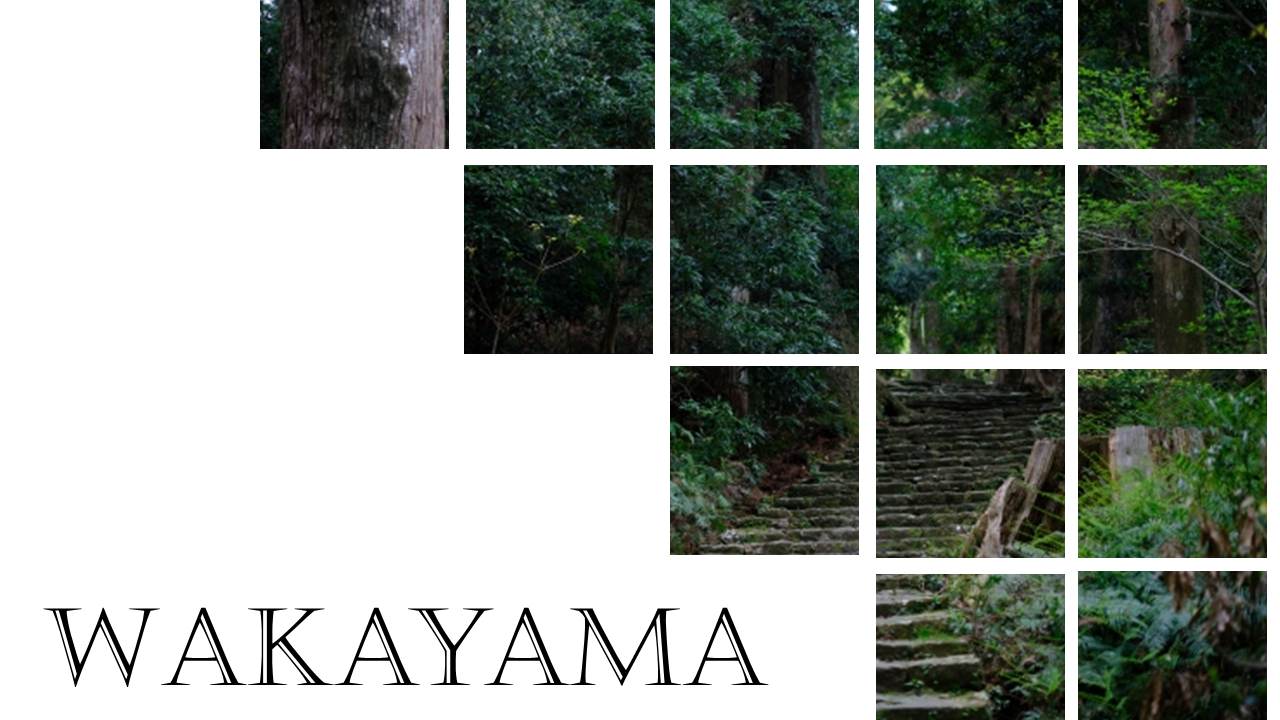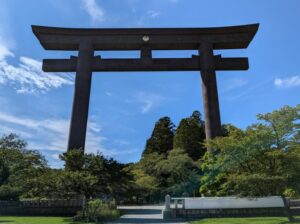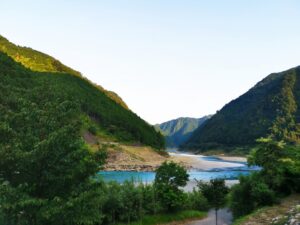Wakayama Prefecture | Sacred Land of Kumano, Koyasan, and Coastal Abundance

Wakayama Prefecture | Sacred Land of Kumano, Koyasan, and Coastal Abundance
Wakayama Prefecture lies in the southern part of the Kii Peninsula, at the southernmost tip of Japan’s main island, Honshu. Surrounded by rich natural landscapes of mountains and ocean, the region has long been closely tied to both nature and traditional ways of life.
One of the most iconic features of Wakayama is the ancient Kumano faith, embodied by the “Three Grand Shrines of Kumano”—Kumano Hongu Taisha, Kumano Hayatama Taisha, and Kumano Nachi Taisha.
The pilgrimage routes connecting these sacred sites, known as the Kumano Kodo, were once traversed by emperors and commoners alike, earning the nickname “the ant pilgrimage to Kumano.” Today, they are registered as UNESCO World Heritage Sites and continue to attract pilgrims and travelers from around the world.
Wakayama is also home to Mount Koya (Koyasan), the heart of Shingon Esoteric Buddhism founded by the monk Kobo Daishi (Kukai).
This spiritual sanctuary, with sites such as Okunoin and Kongobu-ji Temple, offers a serene and sacred atmosphere that instills a sense of reverence in all who visit.
Along the coast, the region is blessed by the Kuroshio Current, bringing an abundance of fresh seafood such as tuna and whitebait. Wakayama is also renowned for its plums—particularly umeboshi (pickled plums)—and enjoys a warm climate ideal for fruit cultivation. The famed Arida mikan (mandarin oranges) are a beloved national brand.
Wakayama is a place where faith, nature, and food come together to offer peaceful and restorative experiences for both the body and soul.

- Wakayama City
- Wakayama city
- Tanabe city
- Hashimoto city
- Approximately 0.9 million
- Kumano Kodo
- Mount Koya
- Mehari-zushi (rice balls wrapped in pickled takana leaves)
- Wakayama ramen (soy sauce-based pork bone ramen from Wakayama)
- Kishu Lacquerware
- Kishu Tansu (Traditional Chest of Drawers)

Seiganto-ji Temple in Wakayama — Nachi Falls seen beyond the three-story pagoda, Japan’s tallest waterfall.

Kumano Hongu Taisha — One of Japan’s largest torii gates marks the entrance to this sacred site.

The Kumano River — A clear stream flowing through the Kii Mountains, alongside the ancient Kumano Kodo pilgrimage routes.

Daimonzaka on the Kumano Kodo — A historic stone-paved path lined with mossy steps and tall cedar trees, once walked by ancient pilgrims.

Kongobu-ji Main Gate at Dusk — The head temple of Mount Koya bathed in the soft evening light.
